Alice Eastwood, Botany’s Unsung Hero And Her Great Legacy
Alice Eastwood, a renowned botanist, was famous for her dedicated efforts to preserve and expand the botanical collections of the institution. She is celebrated for saving precious plant collections during the 1906 San Francisco earthquake. Despite the danger, she bravely rescued many specimens from the flames, showcasing her dedication to botany and preservation.
Overcoming Hardship: Alice Eastwood’s Path To Knowledge
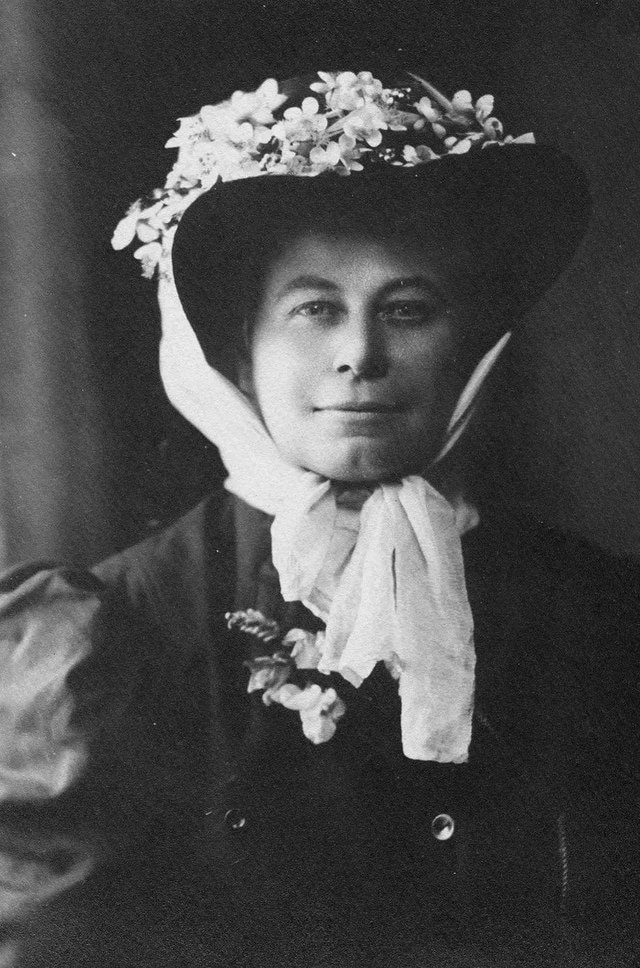
Alice Eastwood was born in Toronto, Canada in 1859. Her early life was marked by hardship, starting with the loss of her mother when she was just 6 years old. Her father faced financial difficulties so that he couldn’t care for his children. Alice and her sister were sent to live with relatives and then to a convent.
In 1873, Alice and her siblings reunited with their father and they moved to Denver, Colorado. Despite difficulties, she excelled academically and graduated as valedictorian from East Denver High School in 1879. She even taught at the same school for a decade after graduation.
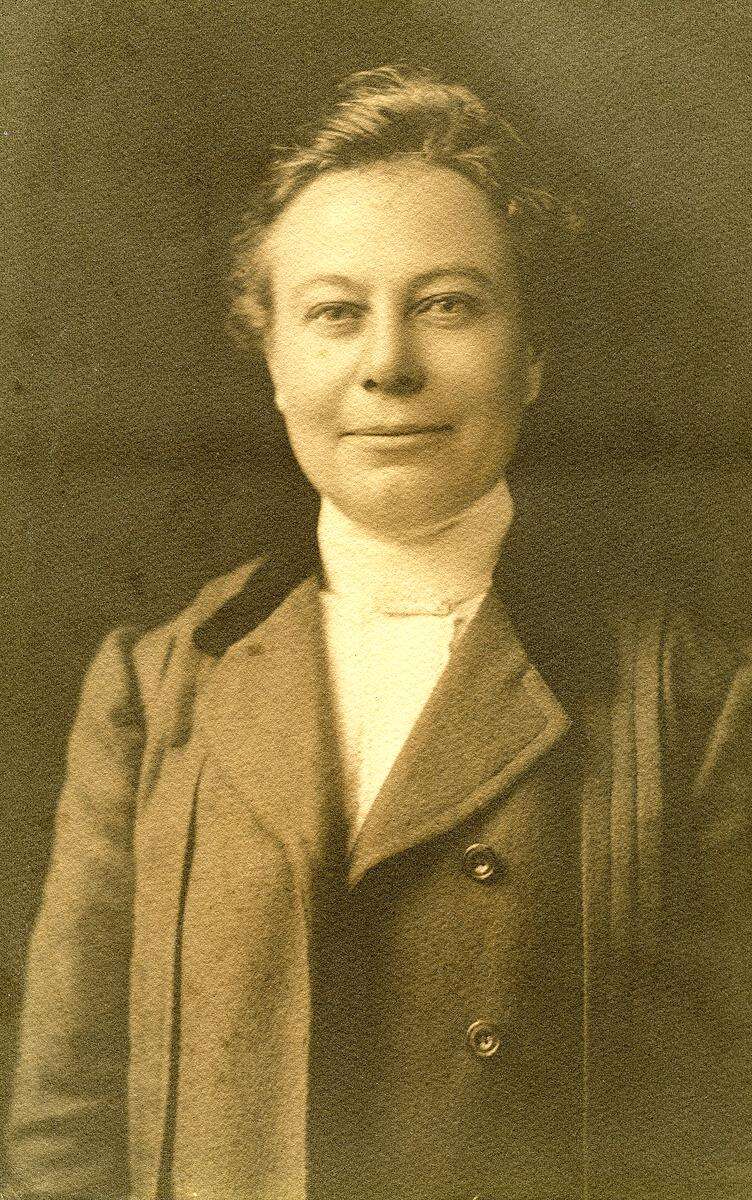
Alice didn’t have enough money to attend college so Alice decided to become a teacher at her alma mater. However, her true passion lay in botany, which she discovered while living with her uncle and through a priest at the convent, both of whom were amateur botanists. She studied botany on her own: collecting samples, organizing exhibitions, and making expeditions in Colorado and the Four Corners region.
Alice’s knowledge caught the attention of Mary Katharine Brandegee, Curator of the Botany Department at the California Academy of Sciences. Impressed by Alice’s specimen collection, Brandegee hired her to work in the academy’s herbarium in 1891. Within a year, Alice was promoted to joint curator alongside Brandegee. By 1894, she had risen to the position of procurator and Head of the Department of Botany.
Huge Efforts In Protecting Specimens
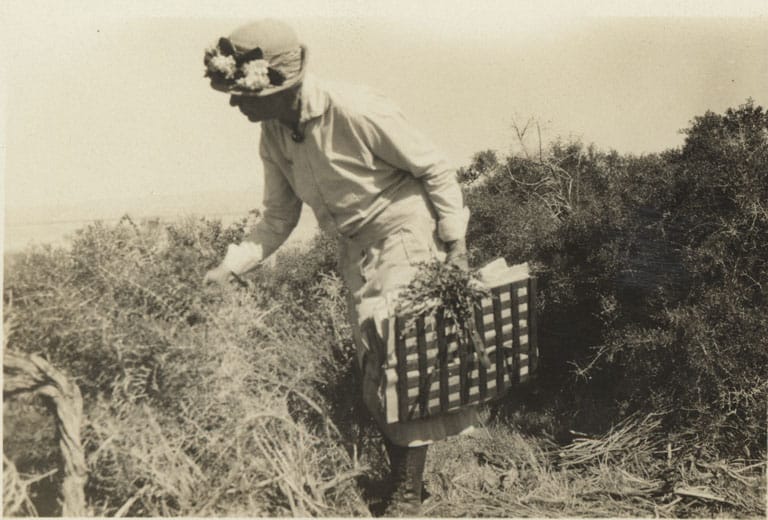
The earthquake in 1906 made buildings collapse and fires started. Alice Eastwood rushed from her home, ignoring her personal belongings to salvage what she could at the herbarium. Alongside a colleague, she managed to rescue 1,497 plant specimens and numerous books from the perilous surroundings. Despite damage to the cabinet storing them, Alice ingeniously used her apron to lower the specimens out of a window to a friend, just as the fire approached. With quick thinking, she commandeered a wagon to transport the precious specimens to safety to make sure they were among the few survivors of the academy’s collection.
An account of Alice’s heroics was recorded by Carola DeRooy, who wrote :
“Alice Eastwood, curator of Botany at the California Academy of Sciences, rushed straight into the ruins of downtown San Francisco as a firestorm swept toward her beloved Academy building. Arriving to find the stone steps dangerously crumbled, she and a friend nevertheless climbed the metal spiral staircase to the 6th floor with a single-minded mission: to rescue what she could of the largest botanical collection in the Western United States, her life’s work.”
Before the academy could rebuild, Eastwood ventured to herbaria across Europe and the U.S to continue her botanical studies. In 1912 when the new academy facilities at Golden Gate Park were completed, Eastwood returned her role as curator of the herbarium and set about reconstructing the lost collection. Over the years, she went on numerous collecting vacations across the Western United States to enrich the academy’s botanical archives.
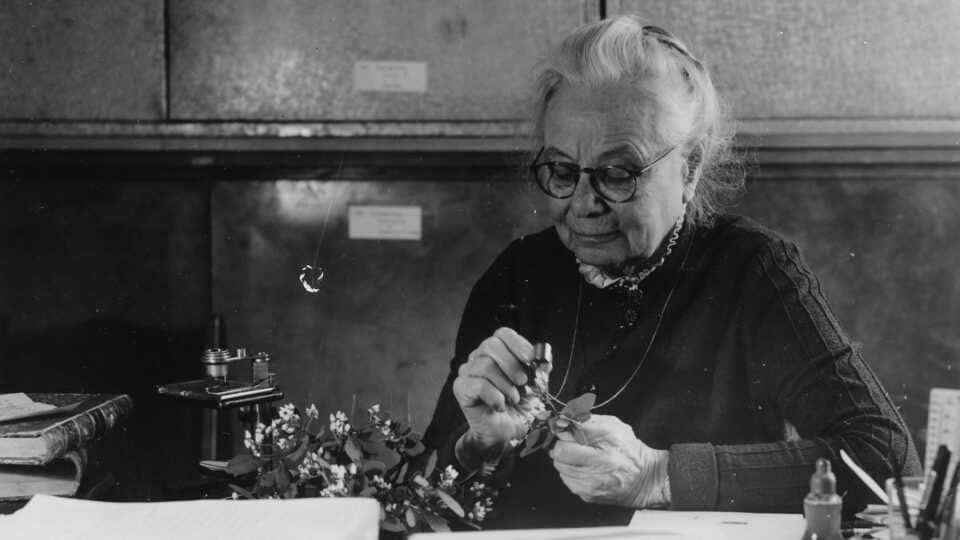
Starting in 1928, Eastwood and her fellow botanist Susan Delano McKelvey embarked on several collecting expeditions in the Southwest. This partnership blossomed into a lasting collaboration as they frequently corresponded and specimen exchanges. Eastwoodstrategic kept duplicates for exchange with other institutions that helped to expand the Academy’s herbarium. By 1942, she had amassed a collection of about one-third of a million specimens, nearly tripling the number lost in the 1906 fire.
Throughout her career, Eastwood made significant scholarly contributions, with over 310 published articles to her name. Beyond her research, she played an active role in botanical organizations, serving as a director of the San Francisco Botanical Club in the 1890s and helping to establish the American Fuchsia Society in 1929. Finally, in 1949, after decades of dedicated service, she officially retired from her botanical pursuits.
Take A Look Some Of Alice Eastwood’s Specimens
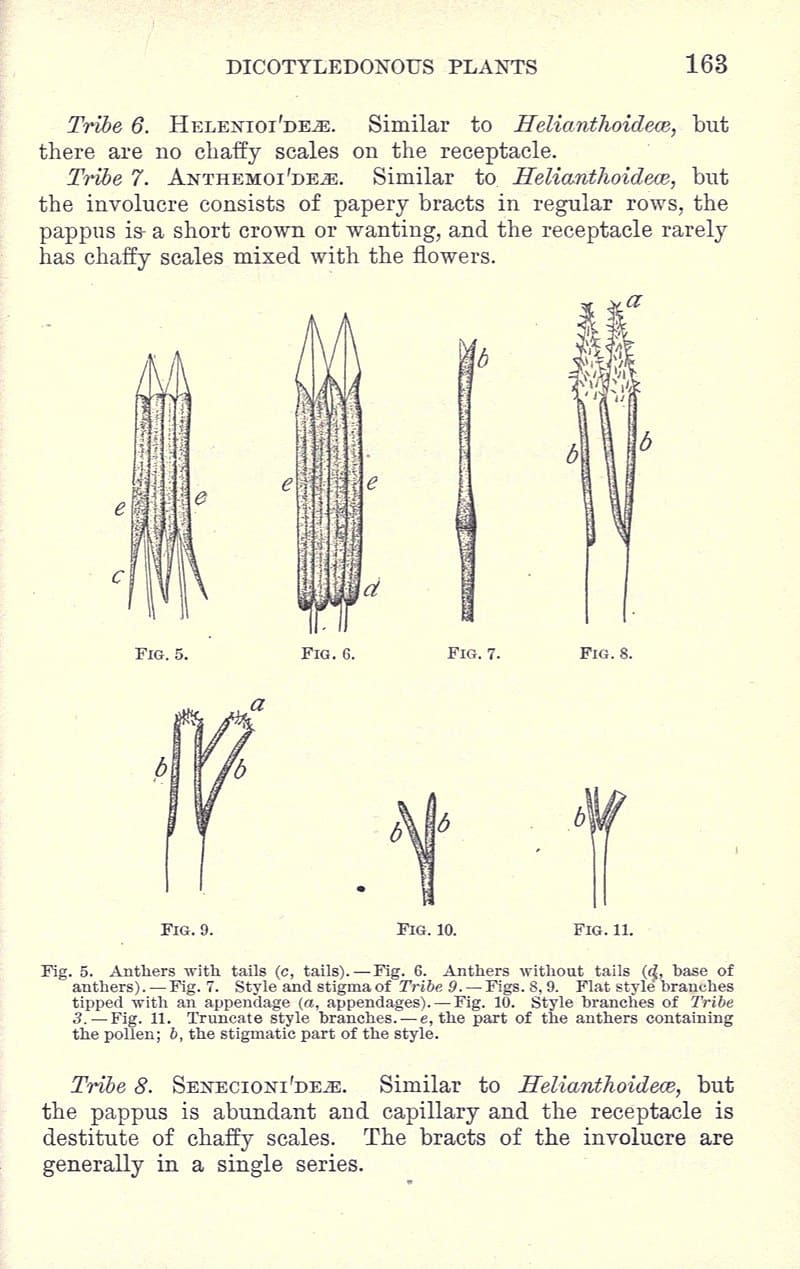
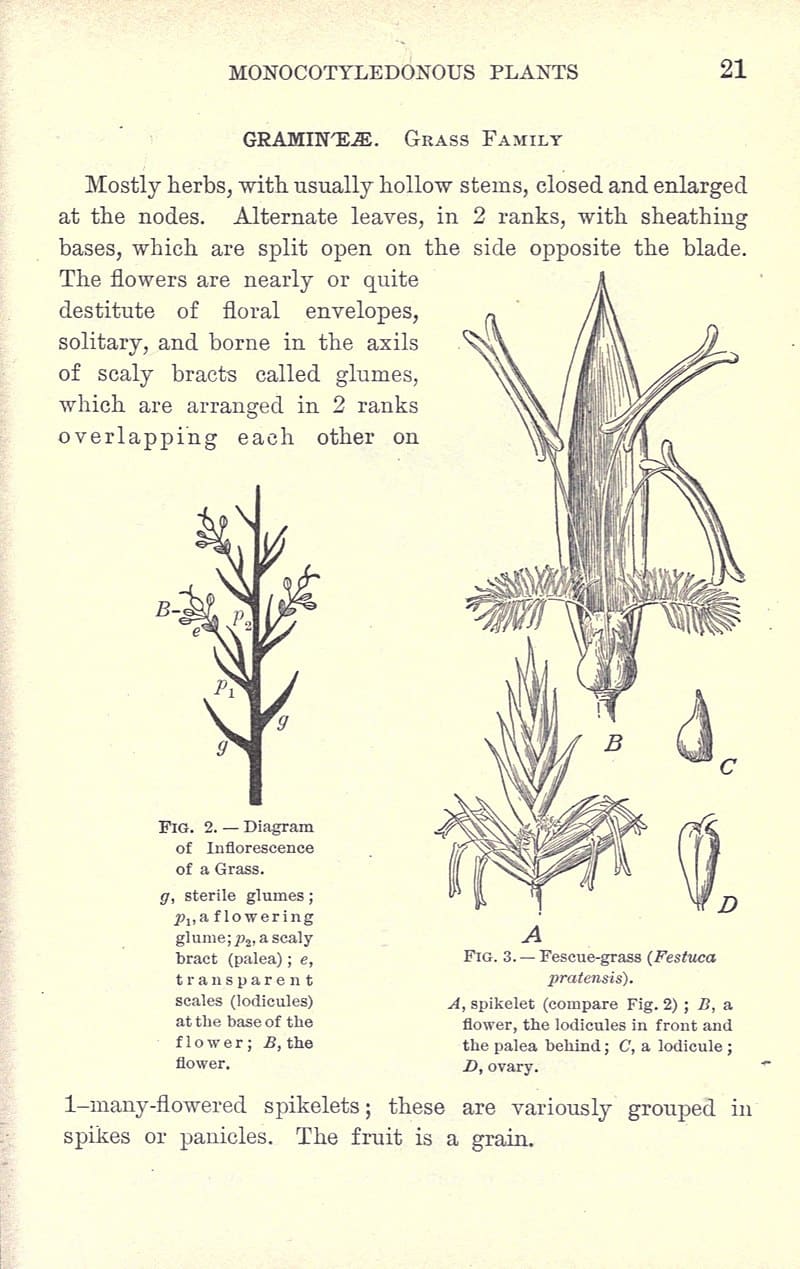
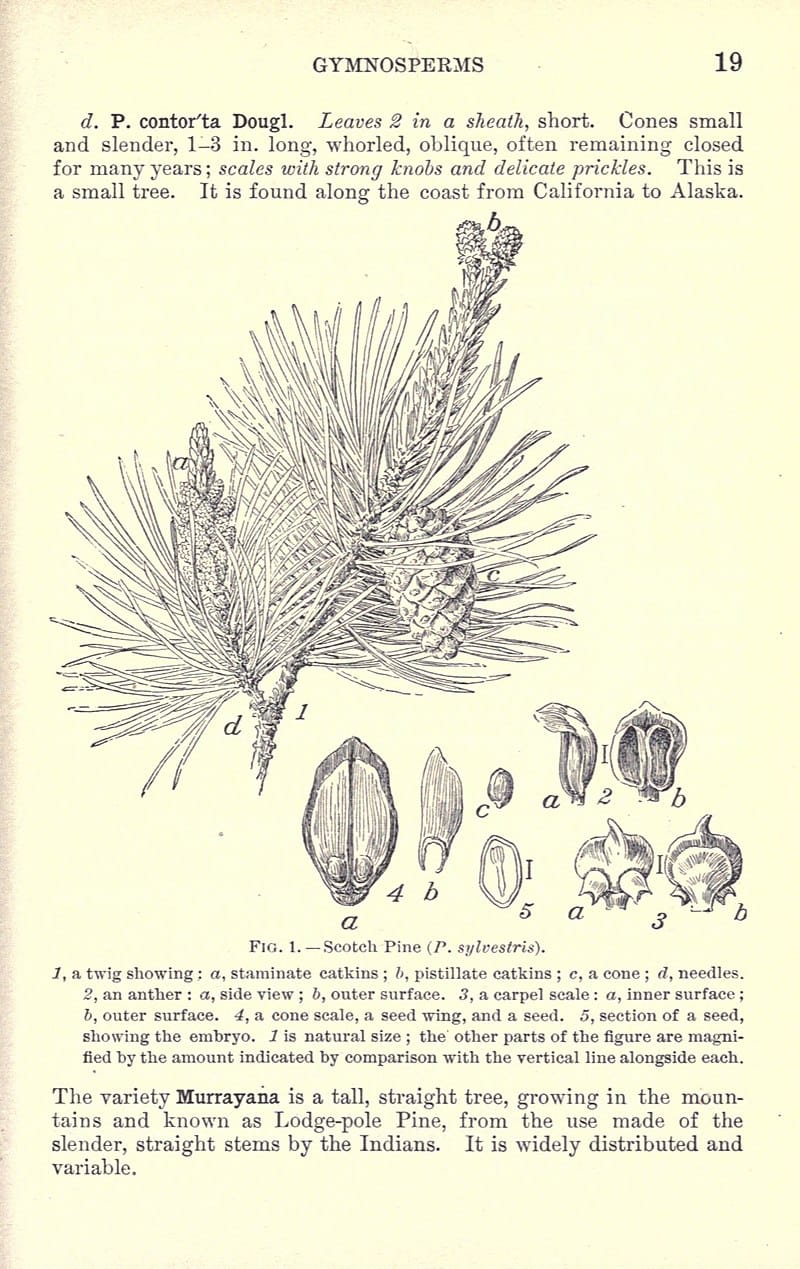
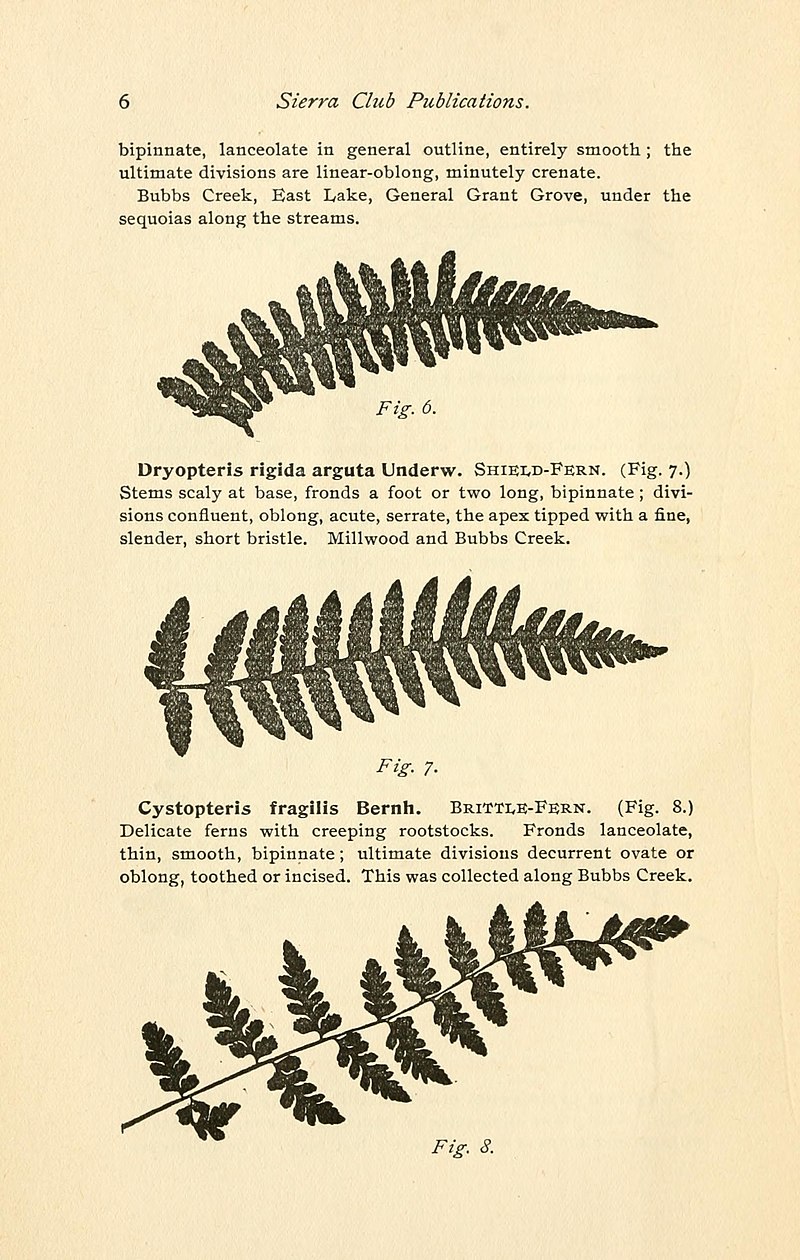
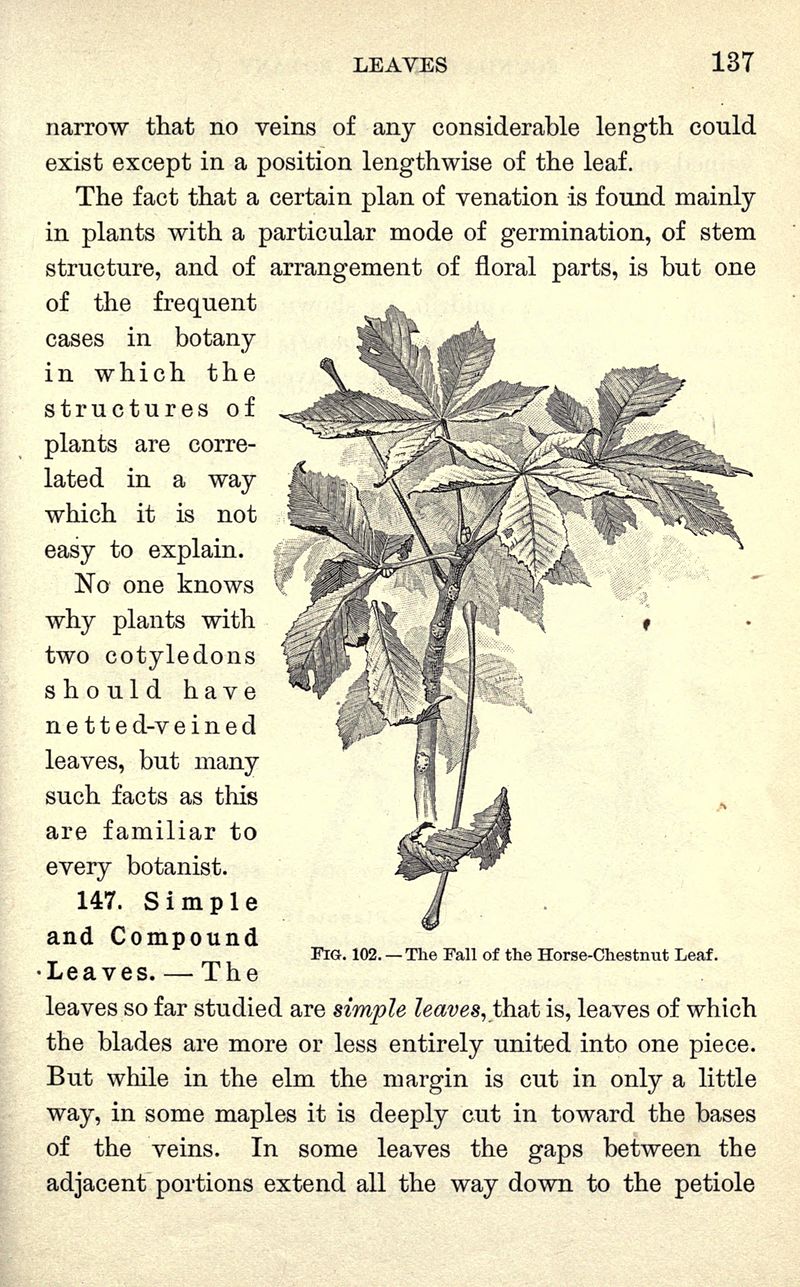
Facts
- There are currently seventeen recognized species named for Eastwood, as well as the genera Aliciella, Eastwoodia and Eastwoodiella.
- In 1903 she was one of only two women listed in American Men of Science to be denoted.

